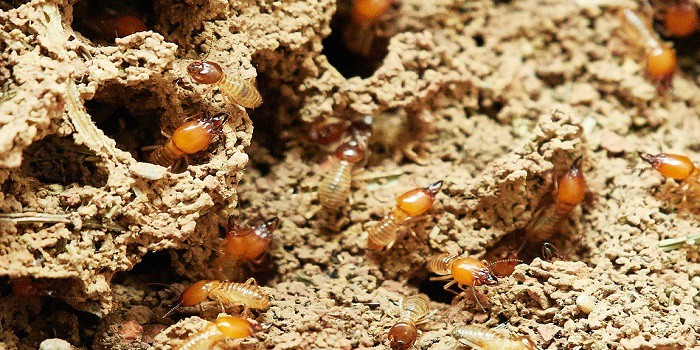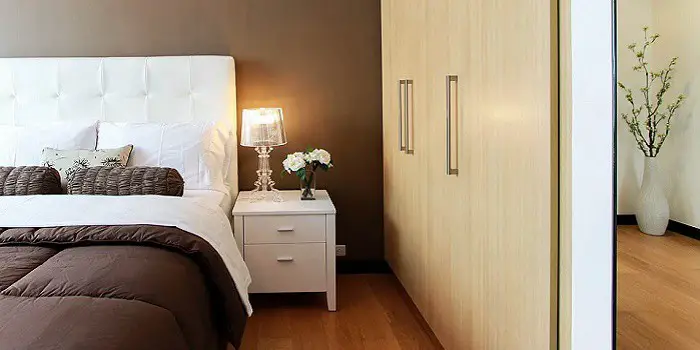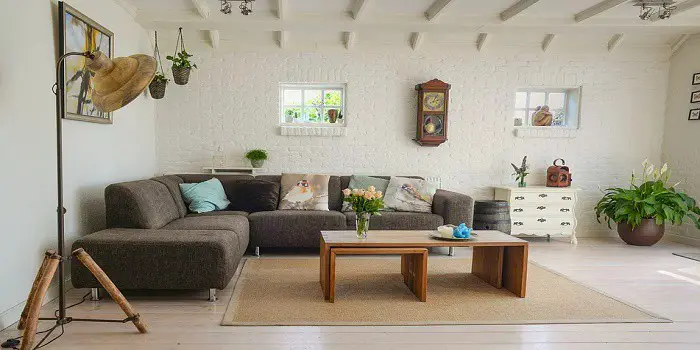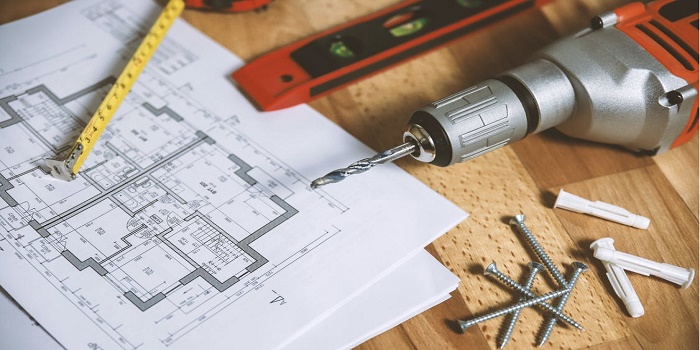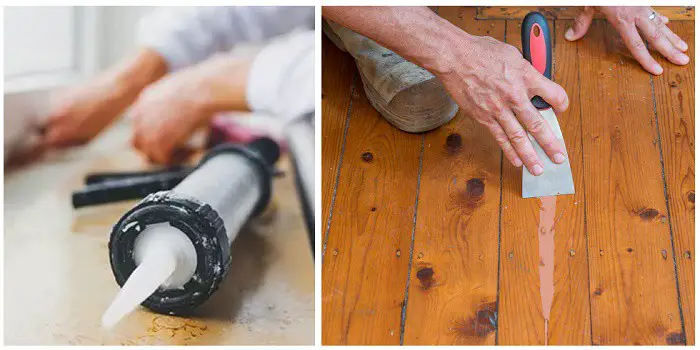
You’ll find silicone caulk often used to repair the gouges, dents, gaps, and scratches in wood because it is easy to use and quite effective.
It’s a product that is commonly used to prepare the wood before it is varnished or painted so that the surface is smooth.
But what if you need to remove the silicone caulk from your wood surface for any reason? That is a question many ask before they prepare wood for other uses that require the removal of old silicone caulk.
How to Remove Silicone Caulk from Wood?
As you might have guessed from its purpose and perhaps a few tries at removing it yourself, silicone caulk is tough, durable, and seemingly difficult to remove.
That is the nature of the product which is designed to last for a long time. But there is a way to remove it relatively quickly when you use the right type of chemicals.
Here is a step-by-step approach that will guide you in removing clear silicone caulk from wood safely and effectively.
Step 1 – Preparation
The first step is to prepare the area by applying mineral water as a rinse. This will remove any residue, dirt, or debris that may be on the wood itself.
Use a clean, dry towel to pat the area once it has been rinsed. Once you have ensured that the area is dry, try to remove the caulk by pulling off as much as you can with your fingers.
Step 2 – Warm and Scrap
Heat the caulk with a hair dryer or heat gun to soften it, being extra mindful not to damage the wood’s finish.
Then carefully use a razor blade held at an acute angle to cut out pieces of caulk; grab onto the large flaps and try to pull them off in sizable chunks.
Step 3 – Prepare Chemical Solvent
The next step is to prepare the chemical paste to apply to the area where the caulking is found.
There are a few types of chemical solvents that are most effective in removing silicone caulking from the wood. These include Dichloromethane and Methylene Chloride.
You can use any one of these chemicals to create the paste and it will work nicely in removing the caulk. To create the paste mix the solvent with molding plaster, untreated white flower, talc, fuller earth, or powdered chalk.
Step 4 – Caulk Remover Application
Once you have created the paste, you should apply it to the caulking using an applicator or wooden spatula if you have one available.
The paste needs to be ¼” or less in thickness and it should be extended beyond the area of the caulking.
Lightly press down on the paste to remove any trapped air. Cover the area with a sheet, seal the edges, and let it sit for at least 48 hours.
This is a good weekend project where you apply it Friday night and then remove it Sunday night or Monday morning.
Apply just enough mineral water to dampen the paste. This allows the paste to be lifted from the wood. The caulking should be embedded in the paste and lifted up with it.
Or, if the caulking still remains, you can use a scraper and remove the caulk and remaining paste relatively easily. Just be careful not to scratch the wood when using the scraper.
Step 5 – Rinsing and Cleaning the Residue
Once the clear caulk has been fully removed, rinse the area with mineral water which will take care of any residue.
After you have cleaned the surface if there are any residues left maybe you have to apply the mixture more than once to remove all the caulk.
If so, be sure the surface is dry first before adding the paste once again. And then rinse the surface again, once you are all done.
Final Thoughts
Keep in mind that silicone caulk is not the same as acrylic caulk. For removing acrylic caulking, all you need is a little water and a scraping tool.
But getting the silicone caulk off is very tough and stubborn, so it needs different techniques to remove.
While you can get it removed by following the above steps, be sure you know the type of caulk in place before you start the removal process.

Hi, I am Mark Garner a professional carpenter, woodworker, and DIY painter. I live in the small city of Peoria, Arizona as a semi-retired woodworker. I have started this blog with a simple motive to help you with my wood experience in this sector. If you like to know more about what I love doing and how it all got started, you can check more about me here.

